Thorkel was born on 6 September 1852 in Bø, Telemark Norway. He was the son of my 3rd-great-grandparents Halvor Eriksen Otterholt and Guro Hansdatter.
Telemark county, Bø, Parish register (official) nr. 8 (1849-1861), Birth and baptism records 1852, page 44. http://www.arkivverket.no/URN:NBN:no-a1450-kb20051011050493.jpg
In 1865, the family lived on the Otterholdt (or Otterholt) farm in Bø.The family immigrated to the United States in 1867. On 20 April 1867, the family departed from Skien, Telemark, Norway on the Rjukan. They arrived in Quebec, Canada on 30 May 1867.
Passenger list, Rjukan, 1867. Passenger Lists, 1865–1935. Microfilm Publications T-479 to T-520, T-4689 to T-4874, T-14700 to T-14939, C-4511 to C-4542. Library and Archives Canada, n.d. RG 76-C. Department of Employment and Immigration fonds. Library and Archives Canada Ottawa, Ontario, Canada. Available from Ancestry.com. Canadian Passenger Lists, 1865-1935 [database on-line]. Provo, UT, USA: Ancestry.com Operations Inc, 2010.
The family settled in Canisteo, Dodge County, Minnesota, and were enumerated there in the 1870 United States Census. On 28 February 1877, Thorkel applied for a land patent through the Homestead Act of 1862 for land located in the north half, northwest quarter, section 32 of Township 120 North of Range No. 41 west of the Principal Meridian, Swift County, Minnesota.
Thorkel Halvorson land entry case file no. 5986, 1884. Benson, Minnesota Land Office. Records of the Bureau of Land Management, Record Group 49; National Archives, Washington, D.C.
However, his application was suspended because he was not on the land in time.
Thorkel Halvorson land entry case file no. 5986, 1884. Benson, Minnesota Land Office. Records of the Bureau of Land Management, Record Group 49; National Archives, Washington, D.C.
Thorkel became a United States citizen on 5 June 1883.
Thorkel Halvorson naturalization, 5 June 1883. Lac qui Parle District Court, State of Minnesota. From Thorkel Halvorson land entry case file no. 5986, 1884. Benson, Minnesota Land Office. Records of the Bureau of Land Management, Record Group 49; National Archives, Washington, D.C.
In a deposition taken on 25 July 1883, Thorkel explained that he had lost his crops to grasshoppers in 1876 and 1877, so he had to go off to work to support himself, and was unable to establish residence on the land until May 1878. He had to go to work in 1882 as well, when he lost his crops as a result of hail.
Thorkel Halvorson land entry case file no. 5986, 1884. Benson, Minnesota Land Office. Records of the Bureau of Land Management, Record Group 49; National Archives, Washington, D.C.
In 1873, grasshoppers came to Minnesota and began to destroy crops. R.L. Cartwright states in the MNopedia article Grasshopper Plagues, 1873-1877: "On June 12, 1873, farmers in southwestern Minnesota saw what looked like a snowstorm coming towards their fields from the west. Then they heard a roar of beating wings and saw that what seemed to be snowflakes were in fact grasshoppers." The grasshoppers were Rocky Mountain locusts. Between 1873 and 1877, they ate crops of all varieties, and even ate blankets and fence posts. They spread further into Minnesota each year. In 1876, they destroyed 500,000 acres of crops in 40 Minnesota counties.
Minnesota locusts (Rocky Mountain locust, Melanoplus spretus) of the 1870s. Jacoby's Art Gallery. Public domain. Available from Wikimedia Commons.
Farmers tried to get rid of the grasshoppers in many different ways: beating them with flails, crushing them, drowning them,burning fields, digging ditches, creating "hopper dozers" made of sheet metal covered in coal tar or molasses, shooting at swarms, and making loud noises.
Grasshopper plague in Minnesota. Frank Leslie's Illustrated Newspaper, 1 September 1888, volume 67, page 37. Held by Minnesota Historical Society. Available from MNopedia.
Minnesota Governor John S. Pillsbury required men to destroy grasshopper eggs one day a week for five weeks in a row. He also proclaimed 26 April 1877 as a day of prayer and fasting. The grasshoppers finally left in the summer of 1877.
As Thorkel learned the hard way in 1882, hail could also be devastating to crops. Some farmers purchased hail insurance.
Standard (Albert Lea, Minnesota), 22 June 1882, page 10
On 29 May 1884, Thorkel married Rosa Haukos in Lac qui Parle County, Minnesota. A month later, on 30 June 1884, he finally received his land patent.
Thorkel Halvorson, Swift County, Minnesota. Certificate no. 5986. United States Bureau of Land Management, 30 June 1884.
In 1885, Thorkel and Rosa were living in Riverside, Lac qui Parle County, Minnesota. Their son Ervin Fremont Halvorson was born on 27 November 1885. Another son, Henry A. Halvorson, was born on 25 December 1887.
In 1895, Thorkel and his family were living in Madison, Lac qui Parle County, Minnesota. Thorkel remained in Madison for the rest of his life. In the 1900 United States Census, he is listed as a dealer in general merchandise. He had survived the storms and had done well enough to own his home free and clear.
1900 United States census, Madison Village, Lac qui Parle County, Minnesota, population schedule, enumeration district 130, sheet no. 12. Available from Ancestry.com. 1900 United States Federal Census [database on-line]. Provo, UT, USA: Ancestry.com Operations Inc, 2004.
Thorkel died in Madison on 10 July 1908, and was buried on 13 July 1908 in Hayden City Cemetery, Madison, Lac qui Parle County, Minnesota.
References
Bring Warm Clothes: Grasshopper Plague, 1873-1877
Grasshopper Plagues, 1873-1877
Looking Back at the Days of the Locust
Pillsbury's Best - A Tale of Faith & Grasshopper Chapel
A Plague of Locusts
Rocky Mountain locust


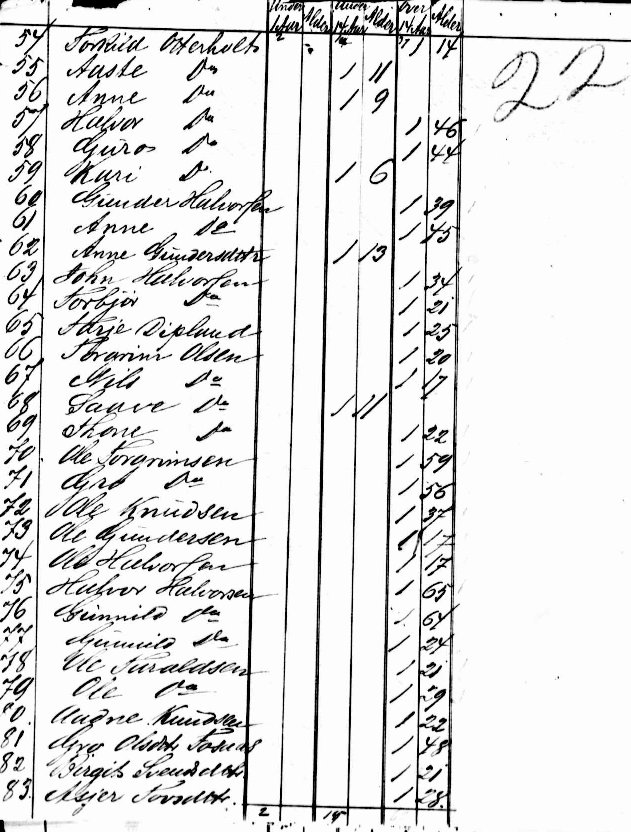
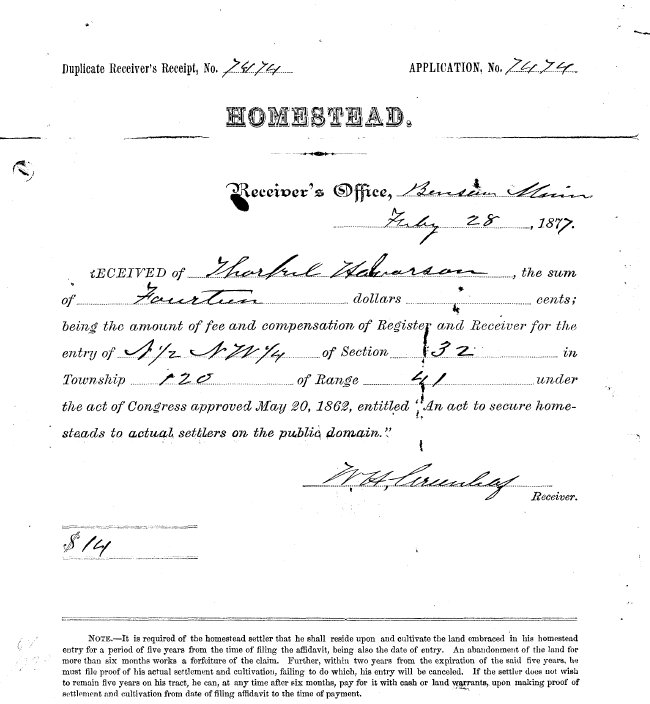
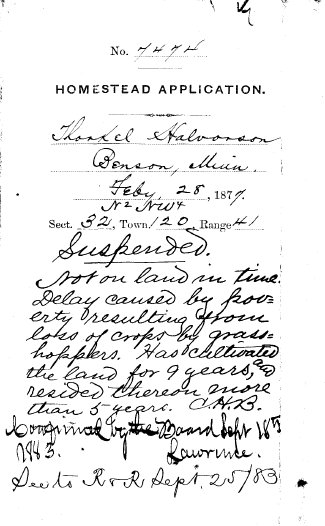

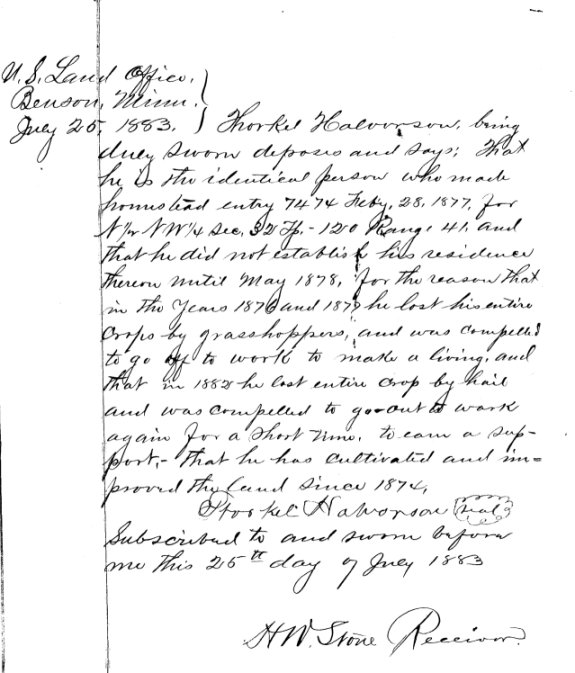
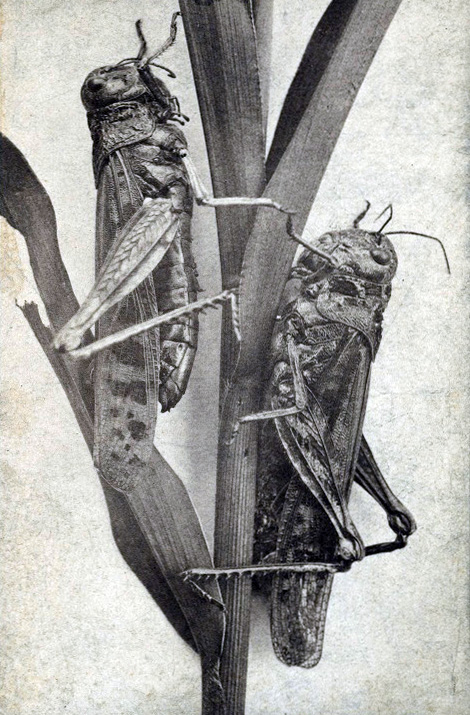

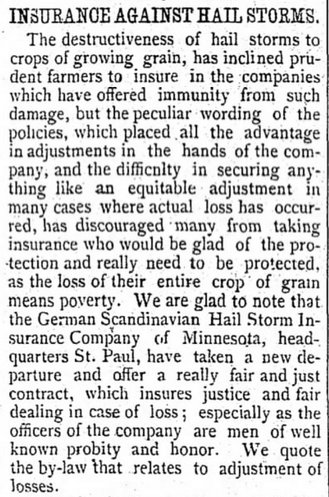
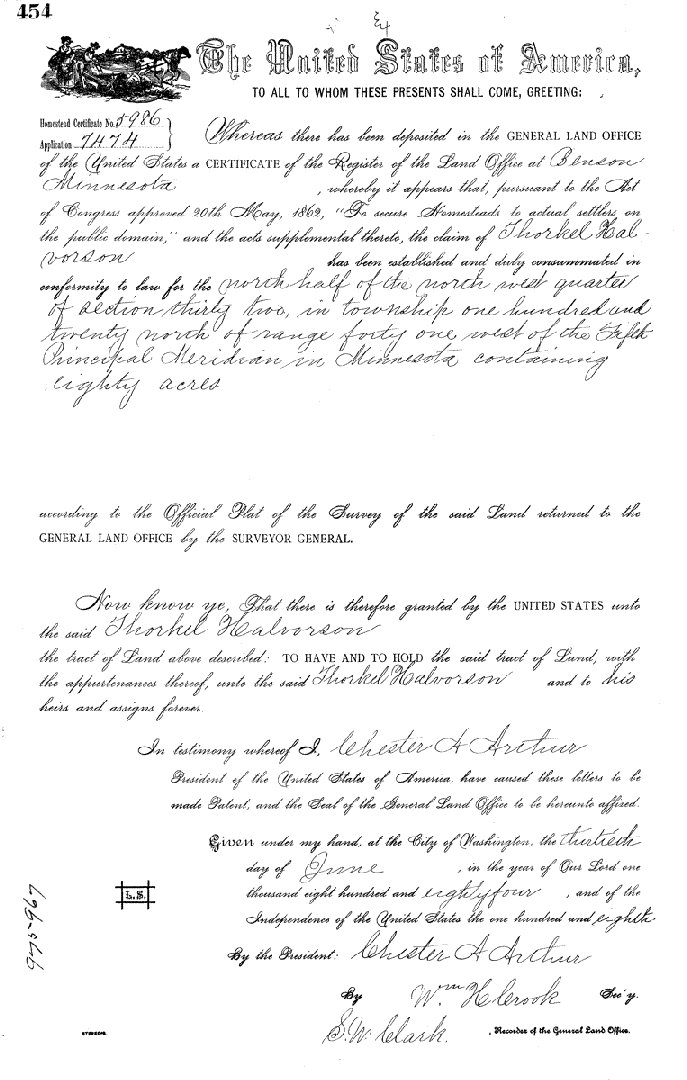

Your documentation and sourcing are outstanding! I, too, have ancestors who suffered through the grasshopper/locust plague. I read a great book about it and how the country responded called Locust by Jeffrey A. Lockwood. That infestation was one of the main reasons the U.S. Department of Agriculture was formed. And some people thought the settlers must have been bad people to have been visited by a Biblical plague. Hard to imagine!
ReplyDeleteThanks for the comment and the book recommendation! I will have to track down that book. I didn't realize that was why the Department of Agriculture was formed; that's very interesting!
ReplyDelete